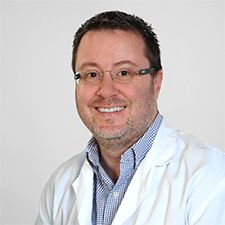In many countries, such as Switzerland, there are now specialized centers like the one at the USZ. Doctors from various disciplines, e.g. immunology, internal medicine, physiotherapy and psychology, as well as pediatricians work closely together in a team.
There is currently no cure for congenital immunodeficiency. But there are several treatment options, which we sometimes combine with each other.
Immunodeficiency: fighting infections with medication
People with an immunodeficiency suffer from frequent, prolonged and more severe infections, which are usually treated with antibiotics.
Antibody deficiency: replacing immunoglobulins with medication
Antibody replacement therapy is suitable if a lack of antibodies (immunoglobulins) is the cause of the immunodeficiency. The medication compensates for the lack of antibodies and the organism is better protected against pathogens. There are two different ways of administering the missing antibodies:
- Into the vein (intravenous infusion): Doctors or nurses administer the antibodies every four weeks as an infusion into the vein.
- Under the skin (subcutaneous injection): You can administer this form of antibody therapy yourself at home (about once or twice a week). The prerequisite for this is that you are well trained. You will then not have to go to hospital for every injection.
The antibody treatment must be repeated regularly because the body breaks down the immunoglobulins over time. People with antibody deficiency can usually lead a normal life with sufficient treatment. Everyday life, school or work are hardly affected.

